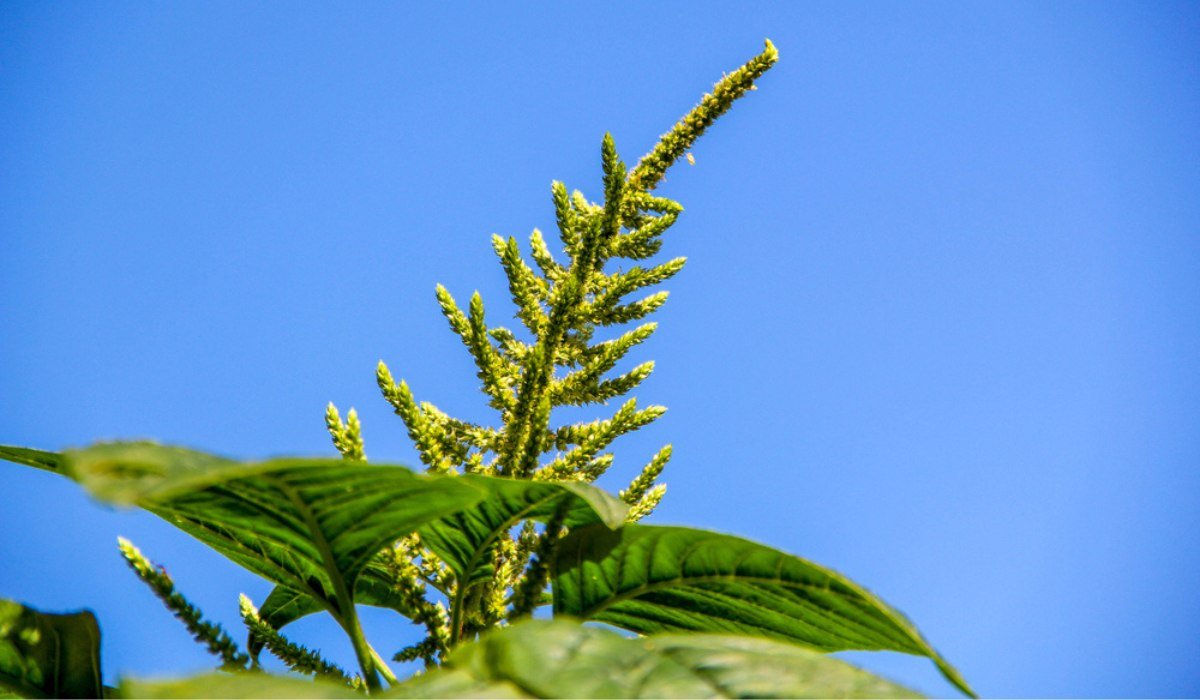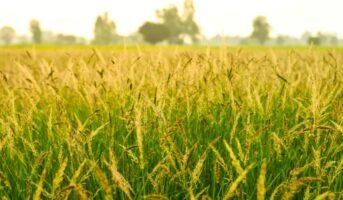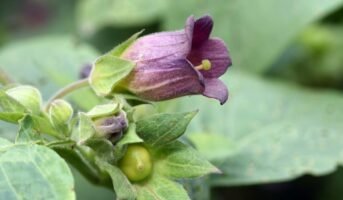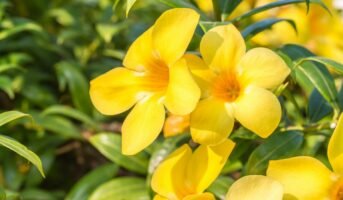Amaranthus spinosus, commonly known as spiny amaranth, is native to tropical lowlands in Central and South America. It is a tall, upright annual herb that can reach a height of 5 feet. In warm areas, it is a nuisance weed of pasture, row crops, and vegetables. It occurs around livestock holding areas, settlements, and roadside edges.
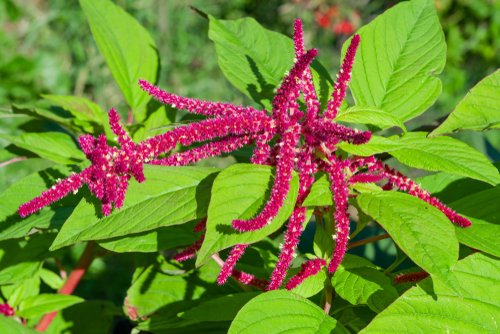
Source: Pinterest
See also: Kaner Flower: Everything you need to know
Amaranthus spinosus: Key facts
| Common Name | Spiny amaranth, spiny pigweed |
| Kingdom | Plantae |
| Order | Caryophyllales |
| Family | Amaranthaceae |
| Height | 2 to 5 ft |
| Type | Annual herb |
Amaranthus spinosus: Physical features
Amaranthus spinosus is a 1.5 m tall, erect, multi-branched annual herb. The stem is cylindrical, tough, frequently reddish, and smooth. It has simple, alternating leaves that are up to 9 cm long and have long petioles that are frequently diamond-shaped and sparsely haired.
know about: Gazania Rigens
Amaranthus spinosus: Uses
Repository of nutrients
Amaranthus leaves are a treasure trove of important phytonutrients and antioxidants that aid in lowering inflammation in the body and provide one’s health with an extra nutritional boost. It has demonstrated therapeutic antimalarial action in mice and is used in several cultures’ traditional medicine.
High in fibre
Both soluble and insoluble fibre are abundant in them. Consuming fibre decreases blood cholesterol levels, which protects us against heart disease and helps us lose weight. Due to their high protein and fibre content, amaranths may help decrease hunger and promote weight loss.
Vitamin A-rich
Vitamin A is abundant in amaranthus leaves. Additionally, they contain a wealth of flavonoid polyphenolic antioxidants, including lutein, zeaxanthin, and beta-carotene, that act as a shield against the oxidative stress brought on by free radicals.
Amaranthus spinosus: Economic and environmental impact
Spiny amaranth is most likely to reduce yields in warmer parts and in crops with shorter stature that cannot shade out the weed. It is a major annoyance in vegetables and other crops that are manually tended, weeded, and harvested due to its stiff, sharp spines that can draw blood.
The spines deter grazing livestock, and the weed can become toxic when grown in soils high in nitrogen. Despite its sensitivity to herbicides, it has a strong germination potential that enables it to colonise chemically weeded, bare soil.

Source: Pinterest
Amaranthus spinosus: How to control it?
Since annual clearance of spiny pigweed before the seed set is an essential component of control, hand pulling, tilling, or mowing can be used to accomplish this. Since plants produce a lot of seeds, the entire area should be bagged and removed.
Chemical control
Most common herbicides used to control broad-leaved weeds are effective against A. spinosus. It should also be noted that the repeated use of herbicides has led to the growth of resistant bacteria in some Amaranthus species.
Biological control
The use of the beetle Hypolixus truncatulus has resulted in successful control. Herbicides may no longer be necessary to manage sporadic infestations if this beetle is used instead.
FAQs:
Is Amaranthus Spinosus toxic to livestock and humans?
The leaves of Amaranthus are toxic to livestock since it contains oxalic acid in it. Moreover, it is safe for humans to eat in a minimal quantity.
What uses does Amaranthus spinosus have?
In addition to its culinary value, it is reputed to be employed in the treatment of bronchitis, piles, biliousness, galactagogue, haematinic, stomachic, nausea, and other gastrointestinal disorders. Studies on phytochemistry support its value as a valuable medicinal herb.
What is the common name of Amaranthus spinosus?
Amaranthus spinosus is commonly known by the names spiny amaranth and spiny pigweed.
Housing News Desk is the news desk of leading online real estate portal, Housing.com. Housing News Desk focuses on a variety of topics such as real estate laws, taxes, current news, property trends, home loans, rentals, décor, green homes, home improvement, etc. The main objective of the news desk, is to cover the real estate sector from the perspective of providing information that is useful to the end-user.
Facebook: https://www.facebook.com/housing.com/
Twitter: https://twitter.com/Housing
Email: [email protected]
